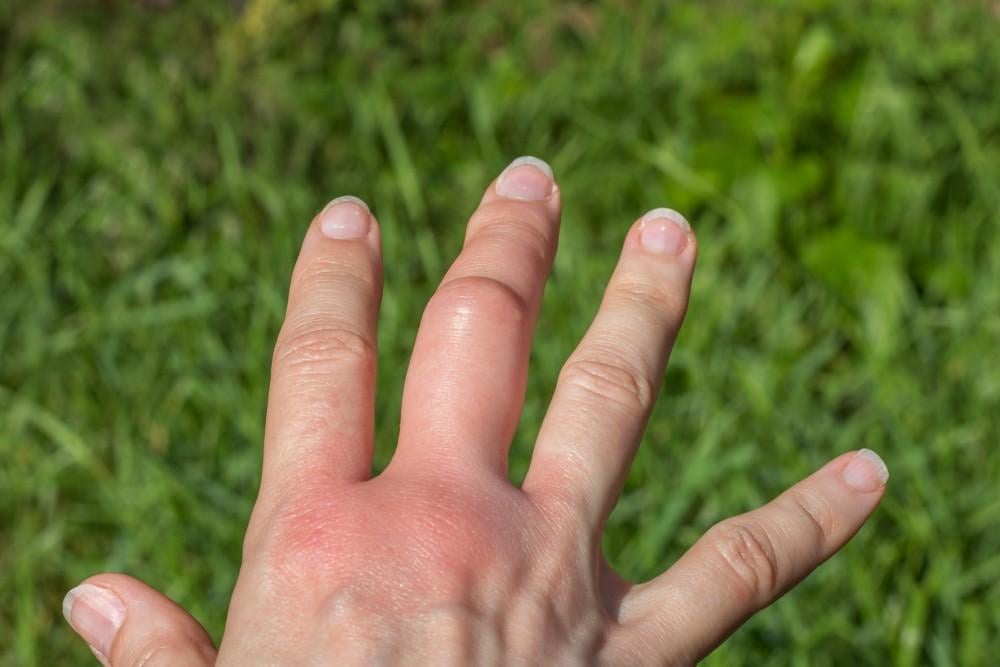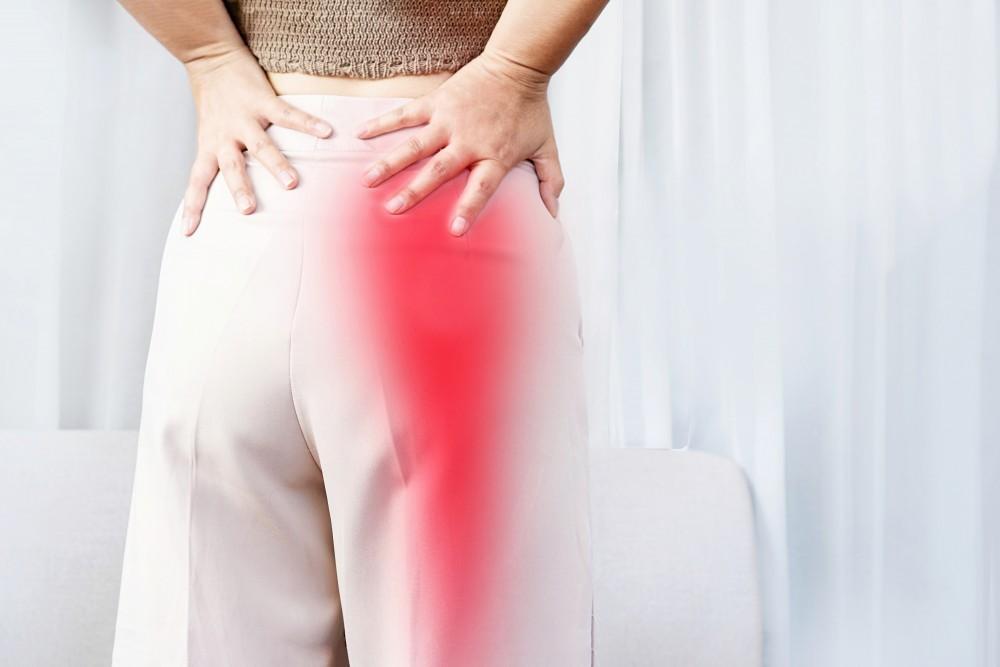Low Back and Neck pain with shooting pain down the legs and arms can be debilitating.
It can cause some of the most severe pain that people have ever experienced! Luckily, there are options for people that are suffering from this.
Decompression therapy can help a person that is feeling pain, numbness, or tingling as a result of these spinal problems.
Find a Chiropractor that can help you today and get your life back to normal. Keep reading to find out a little bit more about what you can expect.
What is a Herniated Disc or Sciatica?
Between your vertebrae, you have rubbery cushions called discs that stack up along your spine. If the spinal disc’s inner parts pushes out and tears through the hard outer ring, a herniated disc has occurred.
Other names for herniated discs are ruptured discs, bulging discs, or slipped discs.
If you experience this, your disc may be in the earlier stages of degeneration and it is worth discussing with your doctor.
Herniated discs can cause pain and irritate nearby nerves (including the sciatic nerve) resulting in numbness or weakness in the arms and legs. When it compresses on the nerves that exit out the spine or the spinal canal, this is called stenosis.
A lot of people don’t actually experience any symptoms and won’t need surgery to correct the issue, but some may have a more serious need.
Sciatica is actually a general term that can originate from a variety of different places, one of them being from a herniated disc. The sciatic nerve is the longest nerve in the body and starts at the lower back. Pressure on the sciatic nerve can cause problems from the lower back to the back of the legs and sometimes to the feet. It may be mild or sharp and severe.
How Does Spinal Decompression Therapy Work?
Spinal decompression is a type of traction therapy applied to the spine (Lumbar or Cervical) to perform the following:
- Creates a negative intradiscal pressure to promote retraction or repositioning of the herniated or bulging disc material.
- Creates a lower pressure in the disc that will cause an influx of healing nutrients and other substances into the disc.
Non-Surgical Spinal Decompression
Non-surgical spinal decompression can help relieve back pain in some people with herniated discs or sciatica.
It is a type of motorized traction that works by gently stretching out the spine and vertebrae.
This type of treatment will change the force and the position of the spine and take the pressure off your spinal discs. This will ultimately result in the herniated discs to retract and remove pressure from your nerves.
As a great alternative to surgery, spinal decompression in this way can be a safe way to alleviate the pain you may have in your back, neck, and extremities.
During this procedure, you have all of your clothing on and the doctor will fit a harness around your pelvis and a harness around your core. Depending on the equipment used, you will lie down on your stomach or on your back. A computer will be attached to the table and the doctor will operate the computer to stretch your spine.
For the neck, your head will be secured to a cervical unit that is connected to the computerized traction machine which provides a gentle pull.
Usually this takes about 15-20 minutes per treatment and requires 20 to 28 treatments.
For best results, spinal decompression therapy is typically recommended with Chiropractic and Sports rehab treatments. As you decompress the spine it is important to correct the alignment of the spine and pelvis as well as strengthening the muscles surrounding the lumbar and/or cervical spine.
Avoid Surgery At All Costs Unless it is ABSOLUTELY Your Last Resort
Another treatment option is surgery. With surgical spinal decompression surgery, a doctor will attempt to relieve your symptoms of pressure as a result of bulging or ruptured disc.
This is a more invasive treatment option and is usually going to cause someone a longer recovery time than non-surgical interventions.
Generally, surgery is a last result if nothing else has worked in hopes to relieve symptoms of pain, numbness, or tingling in the body.
Types of Surgery
Depending on the specific situation, a doctor may suggest different types of surgeries to fix the problem. Your doctor may also recommend a spinal fusion if your doctor wants to stabilize the spine.
These are the 5 most common types of surgeries for this issue depending on your specific condition:
- Laminectomy – the surgeon will remove part of the bony arch to help lengthen the size of the spinal canal
- Diskectomy – the surgeon removes part of the disc to help relieve some of the pressure
- Corpectomy – the surgeon removes the vertebral body along with the ruptured or damaged discs between each vertebra
- Foraminotomy – the surgeon will remove bone and tissue to expand the nerve root openings
- Osteophyte removal – the surgeon will remove the bony growths that are causing the problem
Finding The Best Chiropractor
If you need help with spinal decompression, you have to find a Chiropractor that will be able to take care of you and relieve your pain.
Not all Chiropractors are equal, so it is important to do your research and find one that is the perfect fit for you. Non-surgical Spinal Decompression Therapy is a great solution that has worked for many patients.
Get an experienced doctor that will be able to work with you and come up with helpful solutions for now and in the future.
Herniated discs and Sciatica is one of the most common conditions we treat at our office and we have great success treating this condition. Check out some of the most common types of patients that are treated at our clinic. We would love to help you feel better today!




